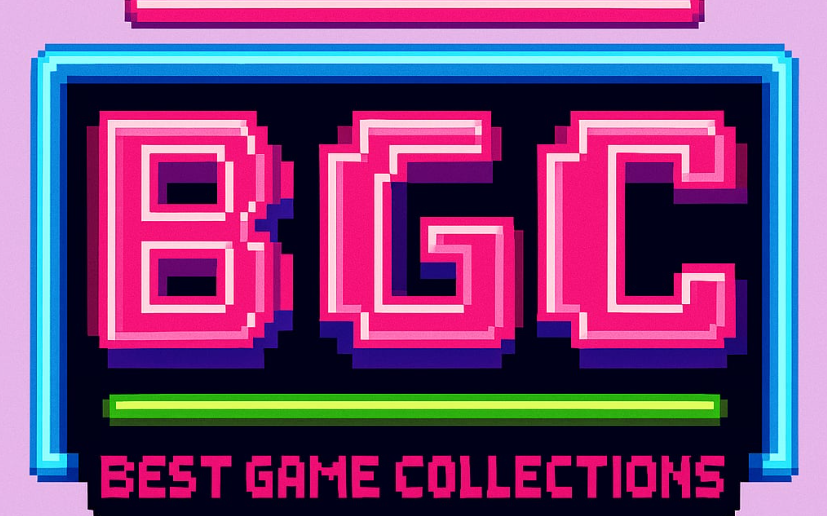When I first booted SUNSOFT is Back! Retro Game Selection, I half-expected the screen to smell like decade-old arcade dust. As a result, the collection immediately evoked nostalgia. It revives three Japan‑only Famicom classics: Wings of Madoola, 53 Stations of the Tokaido, and Ripple Island.
Furthermore, it runs on NamiPixel8—a Unity‑powered emulator by NAMI TENTOU—with English localizations courtesy of RED ART GAMES. SUNSOFT clearly paid attention to detail: the UI looks sharp, cartridges render in 3D and rotate under your cursor, and menus sport a CRT filter. Moreover, multiple color palettes and aspect ratios let you chase authenticity or modern clarity.
Overall Impressions
This set feels like a love letter from SUNSOFT’s 1980s glory days. However, it also comes up short: three games hardly fill an entire shipment of remastered nostalgia. Additionally, I missed bonus content, since many retro collections pack ten or more titles. The price hovers just above what feels reasonable. Still, each game shines in its own pixelated way—punching deeper than Nintendo Online’s NES library in emulation features, though lacking Rare Replay’s variety.
Gameplay Mechanics
Wings of Madoola delivers side‑scrolling action with tight jumps and stiff hitboxes; consequently, a stray bat still stings when it snips your last life. Meanwhile, 53 Stations mixes platforming with item puzzles, though it sometimes bogs down in trial and error. By contrast, Ripple Island swaps platforming for point‑and‑click adventuring, and its simple interface suits the emulation. All three games offer three save states, one‑speed rewind (which saved me from replaying half a level), and customizable controls. Still, I’d welcome faster rewind speeds or forward fast‑forwarding, as achievements feel shallow.
Story and Characters
None of these titles won Oscars for script, but they tell their tales effectively in eight bits. For example, Wings of Madoola casts you as a hero on a rescue quest that plays on familiar princess‑in‑distress tropes. Similarly, 53 Stations sends fireworks‑thrower Kantaro on a pilgrimage along the Tokaido road—he meets roadside oddballs but never forms lasting bonds. In Ripple Island, two young adventurers chase treasure and thwart crooks in English‑translated text windows. Still, long dialogue segments can falter, although the friendly adventure vibes reward patient players.
Visuals and Graphics
SUNSOFT always impressed with color use on Famicom hardware, and these games retain that vibrant palette. Additionally, the emulator’s CRT filter rounds screen corners and adds scanlines. I switched between Pixel Perfect and Game Child palettes—the green‑tinged hues reminded me of an original Game Boy—while the Virtual Boy palette turns the world red and, admittedly, headache‑inducing. I spent more time comparing looks than playing, which says something about the polish here. Cartridges spin in 3D, and scans of original manual pages and box art accompany each game—albeit only in Japanese.
Sound and Music
SUNSOFT’s chiptunes still pop decades later. Wings of Madoola’s main theme remains catchy and loops with minimal stutter. By contrast, 53 Stations offers more subdued, repetitive tunes that grind after long sessions. Ripple Island uses sparse background tracks with effective sound effects. Although there’s no voice acting, that absence highlights the era’s charm. Moreover, the collection preserves the original audio without modern remixing—anyone seeking updated orchestral tracks will want to look elsewhere.
Difficulty and Replayability
These games embrace brutal design. Lives run out quickly. Save states and rewind features ease the pinch. I enjoyed re-visiting tough boss fights with infinite retries. Each game lasts around two to four hours on a first run. Ripple Island feels longer due to puzzle solving. After credits roll, I felt little urge to replay. No new game modes beckon a second stay. Achievements unlock quickly and hold no hidden challenges. If you love these specific titles, you’ll return for sentimental rides. Everyone else can probably wait for a sale.
Trivia and Behind the Scenes
The NamiPixel8 emulator powers this collection, originally developed for homebrew Unity projects. To accommodate English text, RED ART GAMES doubled Ripple Island’s ROM size to 256 KB. Subsequently, fans received post-launch English manual galleries in May 2024. SUNSOFT’s revival coincides with its 40th anniversary, and each cartridge model faithfully mirrors the December 1986–January 1988 Famicom releases.
Final Thoughts
SUNSOFT is Back! honors a niche slice of Famicom history. It pairs faithful emulation with polished presentation. The package feels slim compared to sprawling anthologies. Three games cannot fill every collector’s cravings. Still, it offers deep nostalgia and quality features. I recommend hunting for a sale price if you only chase great emulation. Die-hard SUNSOFT fans will want it day one. Me? I’ll stick to rewinding my past regrets.
Rating: 3.5 out of 5 stars
